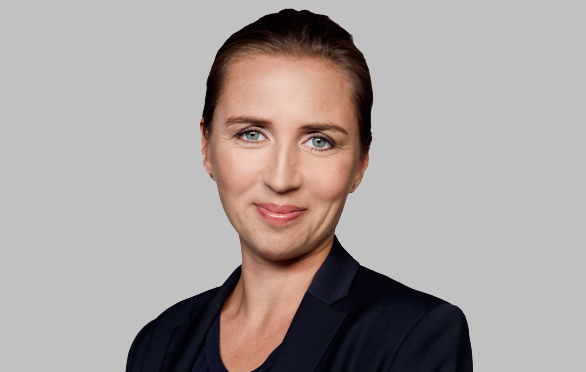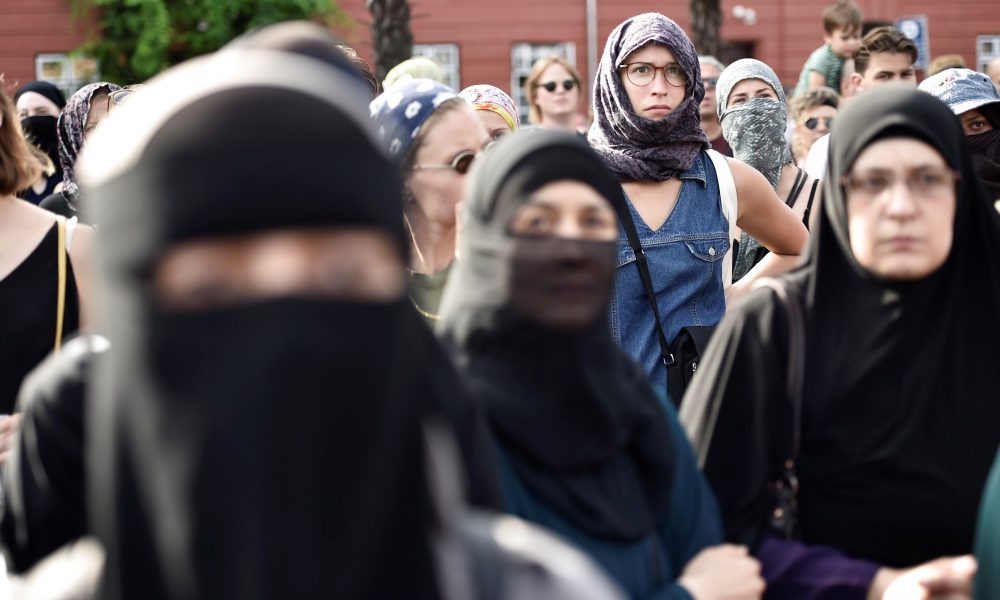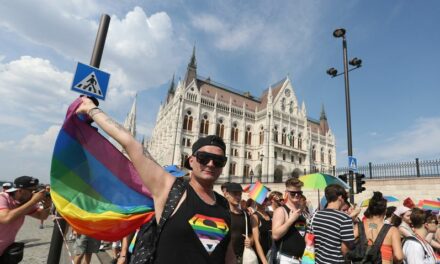Denmark is the first in Europe to revoke Syrians' residence permits after Damascus was declared safe last summer. The decision is irrevocable, there is no appeal against it. But how did a country in Scandinavia, justly famous for its welcoming spirit, get to this point?
In order to understand the Danes' separate refugee policy, we have to go back to the beginning of the 2000s, when the door was opened wide for a significant number of Afghans fleeing the war, but it was around this time that the social conservative Danish People's Party burst into national politics - which the media he likes to label as far-right - and has become the coalition partner of the largest centre-right liberal Venstre (i.e. the left) and the Conservative People's Party. Party leader Pia Kjærsgaard not only brought the issue of migration into the public discourse, but a year after the formation of the government, the regulation, known as the strictest immigration law in Europe, was already voted on. Although at that time only one percent of the country with a population of 5.3 million people had an immigrant background, and not all of them came from outside Europe, yet the problems that had hit Danish society with the appearance of "non-Western people" had already been outlined. By the way, Kjærsgaard was not shy, he put on the gloves in the face of critical Swedish voices and reacted to the immigration policy of his neighbors in this way: if the Swedes
"They want to turn Stockholm, Gothenburg or Malmö into a Scandinavian Beirut with clan wars, honor killings and gang rape, let them do it".
The law is useless if it is not followed
This is roughly the summation of the fall of Venstre, which came to power for the second time in 2015 under the leadership of Lars Løkke Rasmussen. During the migration crisis, the crowd trying to cross Denmark and get to Sweden got stuck, and by 2016 the proportion of immigrants reached 13 percent. Of course, the majority of those arriving did not have any medical or nuclear physics qualifications, and only 30 percent of them were able to find a job within three years. At the same time, the budget spent on integration tripled, and more than one billion euros were paid annually for refugee and integration programs; the population once and for all had enough, as they expected the management to solve the issue of immigration and create/maintain the welfare state. In 2019, Mette Frederiksen, a social democrat who grew up in a working-class family, was able to form a minority government as Denmark's youngest prime minister with the support of the social-liberal Radical Left, the Socialist People's Party and the Unity List - Reds and Greens. But don't let the socdem label mislead anyone, because Mette Frederiksen's government is very anti-immigration, so much so that it can even be called extreme.

Source: socialdemokratiet.dk
A promise is a good word if it is kept...
Even before 2019, in the zones referred to only as ghettos in public discourse, children from the age of one had to be separated from their families for 25 hours a week in order to attend Danish lessons and classes on Danish customs and Christian holidays. If a family does not meet the expectations, the state simply does not give them more support. However, the Frederiksen government goes even further by intending to liquidate the ethnic districts inhabited by immigrants within ten years, in these zones the of "non-Western origin" . A little apartheid? We can say. In any case, the debates that are starting now must provide answers to several questions: what percentage of someone has to be of "non-Western origin", or how many grandparents can someone be classified here? Where is the border of the West drawn? And most importantly, do the authorities have enough capacity to carry out the evacuation of thousands of people?
Where do non-Danes end up?
We already know about the Syrians: home. Even if the critics - Amnesty International, the Danish Refugee Council, and the social liberal Kristian Hegaard - "heartless and merciless" and are outraged that the prime minister specifically indicated the number of asylum seekers in Denmark, and this number is zero. God bless! Those Syrians whose residence permit has expired or who do not leave Denmark voluntarily would be locked up in deportation camps, but those who leave voluntarily can count on financial support from the government.

Source: orientalista.hu
Denmark belongs to the Danes
The Danes, like several European countries, have banned mosques from accepting foreign donations, but there is also talk of making the presence of Danish interpreters mandatory at religious gatherings in order to prevent Muslim radicalism. Burkas and niqabs have been banned in public since 2018, and those who force others to wear them can be jailed. Despite all this, however, there will not be a torchlight procession to "cleanse" the country, and the political debates point to the fact that Denmark is already experiencing firsthand the "exoticism" that we Hungarians - thanks to the consistent and persistent immigration policy of the national government - can only we know from news reports.
Come on Danes!
Featured image: MTI/EPA/Mads Claus Rasmussen












